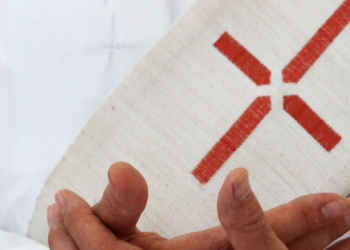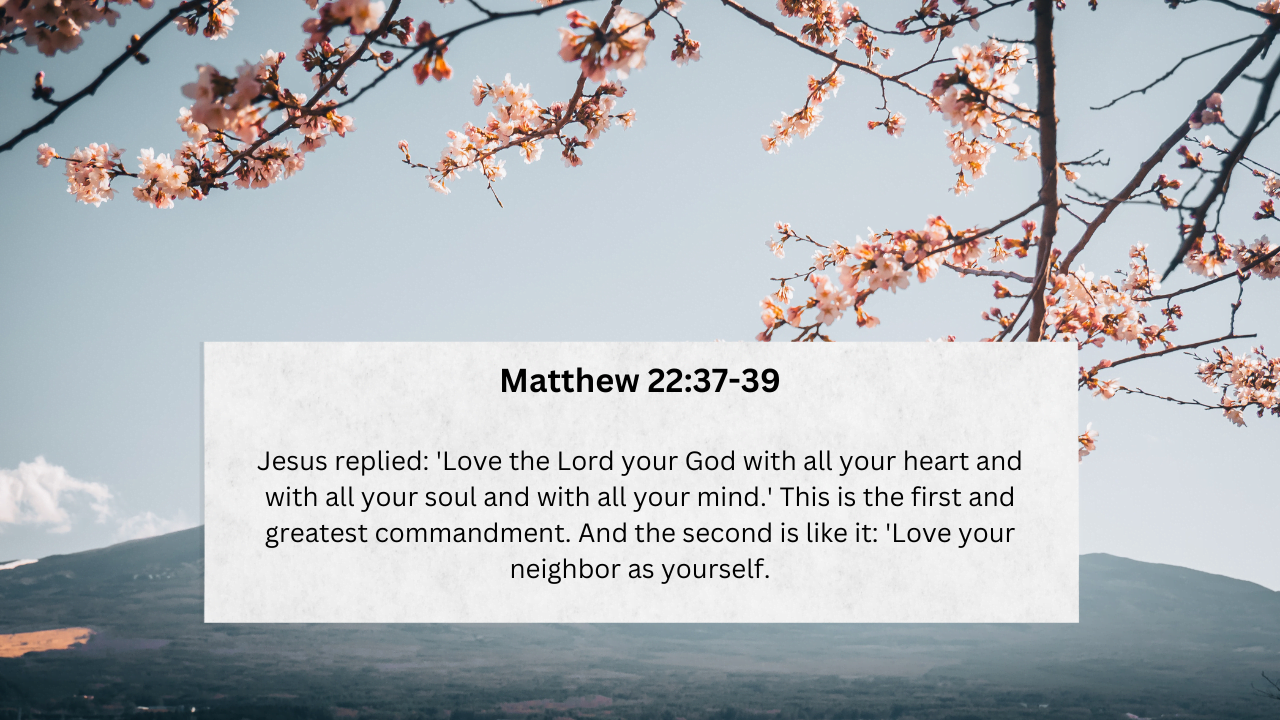No products in the cart.
What is the significance of the Council of Ephesus in Christian history?
ADVERTISEMENT
This post contains paid and/or affiliate links. I make a small commission at no extra cost to you. Please see our Privacy Policy.
Let’s examine a key period in Christian history that still affects our beliefs and practices today: the Council of Ephesus, which took place in AD 431. It’s a big deal for Christians.
Many Christian groups, including the Catholic Church and the Eastern Orthodox Church, accepted this council. It also got support from the Oriental Orthodox Churches, Anglican Communion, Lutheranism, and Calvinism. The council reaffirmed the Nicene Creed, a key part of our faith.
The Council of Ephesus also engaged in a considerable debate about the teachings of Nestorius, the leader of Constantinople. Nestorius said Christ had both human and divine sides but questioned Mary’s title, “Theotokos.”
ADVERTISEMENT
The council made a clear choice. It said Mary was indeed “Theotokos,” showing her role as the Mother of God. This decision is very important to us, showing the significance of the Council of Ephesus in our faith.
About 200-250 people attended the council. They talked about important topics like Nestorianism and Theotokos. They also discussed Pelagianism and Premillennialism.
Join us as we look into the Council of Ephesus. This event was crucial for Christian doctrine and brought believers from different groups together.

Background of the Council of Ephesus
The Council of Ephesus was called because of Nestorius‘ teachings. He said Christ had both human and divine sides. Nestorius didn’t want to call Mary “Theotokos,” the Mother of God.
Advertisement. Scroll to continue reading.
Cyril of Alexandria and Pope Celestine I supported Cyril. Nestorius asked Emperor Theodosius II to hold a council. The council had around 50 bishops supporting Cyril and 16 supporting Nestorius.
The council was full of arguments and disagreements. But in the end, it made a decision. Nestorius was removed, and Mary was declared Theotokos. This confirmed important beliefs about Christ.
- Nestorius emphasized the distinction between the human and divine natures of Christ.
- Cyril of Alexandria accused Nestorius of heresy and sought Pope Celestine’s support.
- Nestorius requested Emperor Theodosius II to convene a council
- Approximately 50 bishops supported Cyril, while 16 supported Nestorius
- The council’s proceedings involved confrontations and recriminations
- Nestorius was deposed, and Mary was formally declared as Theotokos

The Conduct of the Council of Ephesus
The Council of Ephesus had many sessions and was full of disagreements. The session started with Cyril of Alexandria calling Nestorius a heretic. Before the Antiochan bishops arrived, a rival council was held by John of Antioch, accusing Cyril of heresy.
ADVERTISEMENT
During these rival councils, Cyril’s session got a big boost. The papal legate, representing Pope Celestine I, supported Cyril’s views. This papal confirmation made the council’s decisions stronger.
After the council, a report was sent to Rome and Constantinople. It told them about the council’s decisions. The council reaffirmed its decision to remove Nestorius as a heretic.
Significance of the Council of Ephesus in Christian History:
The Council of Ephesus, held in 431 AD, is significant in Christian history for several reasons:
ADVERTISEMENT
Affirmation of Mary as Theotokos: The council declared Mary as “Theotokos,” meaning “God-bearer” or “Mother of God.” This affirmed the belief that Jesus Christ was both fully divine and fully human, countering the Nestorian heresy, which claimed that Jesus’ divine and human natures were separate.
Unity of Christ’s Natures: The council upheld the doctrine of the hypostatic union, which teaches that Jesus Christ has two natures, divine and human, united in one person. This was crucial in defining orthodox Christian theology regarding Christ’s nature.
Strengthening Church Authority: The Council of Ephesus also reinforced the Church’s authority in determining and defending orthodox Christian beliefs, setting a precedent for future ecumenical councils in resolving theological disputes.
Advertisement. Scroll to continue reading.

Conclusion
The Council of Ephesus is key in Christian history. It confirmed Mary as Theotokos, the Mother of God. This decision shaped Christian doctrine for centuries.
This move made Mary central in salvation history and showed the close link between Christ’s divine and human sides.
However, the council caused the Nestorian Schism, which split the Assyrian Church of the East from the Eastern Orthodox Church. The debate was over Nestorius’ views on Christ’s nature.
Advertisement. Scroll to continue reading.
This disagreement led to a big split in Christianity. Each group had different beliefs, church structures, and ways of worship.
The Council of Ephesus was vital for Christian beliefs even with the schism. It declared Nestorius a heretic and supported the Nicene Creed, which showed the need to remain faithful to Jesus Christ and maintain unity among believers.
Now, many Christian groups see the Council of Ephesus as an ecumenical council. These include Roman Catholicism, Eastern Orthodoxy, Oriental Orthodoxy, Anglicanism, Lutheranism, and Calvinism.
FAQ
What is the significance of the Council of Ephesus in Christian history?
The Council of Ephesus held in 431 AD was pivotal in Christian history. It confirmed the theological belief of Mary as “Theotokos,” the Mother of God, solidifying essential beliefs about the nature of Christ. Additionally, it affirmed the original Nicene Creed and condemned the teachings of Nestorius, Patriarch of Constantinople. The council played a crucial role in shaping Christian doctrine and is recognized as an ecumenical council by various Christian denominations.
Who were the key figures involved in the Council of Ephesus?
The Council of Ephesus was called in response to the teachings of Nestorius, who emphasized the distinction between Christ’s human and divine natures and opposed calling Mary “Theotokos.” Cyril of Alexandria, a prominent church leader, accused Nestorius of heresy and sought support from Pope Celestine I. The council brought together bishops supporting Cyril and Nestorius, with Cyril eventually gaining the majority. The proceedings were marked by confrontations and recriminations, leading to the deposition of Nestorius and the declaration of Mary as Theotokos.
What was the conduct of the Council of Ephesus like?
The Council of Ephesus was held in multiple sessions and featured intense disagreements. Before the arrival of the Antiochan bishops, Cyril convened the council and condemned Nestorius as a heretic with majority support. This led to a rival council called by John of Antioch, who accused Cyril and his supporters of heresy. Cyril’s session received confirmation from the papal legate, who read a letter from Pope Celestine. I agree with Cyril’s position. The council sent a report to Rome and Constantinople, reaffirming its decision to depose Nestorius as a heretic.
How did the Council of Ephesus shape Christian doctrine?
The Council of Ephesus confirmed Mary as Theotokos, the Mother of God, which became a fundamental belief in Christian theology. The council’s affirmation of the Nicene Creed and its condemnation of Nestorius played a crucial role in defining orthodox Christian beliefs. However, the council also led to the Nestorian Schism, separating the Assyrian Church of the East from the Eastern Orthodox Church.
Vatican’s Official Website – The Vatican often has extensive historical records and documents related to ecumenical councils.
Catholic Encyclopedia – This is a comprehensive resource for information on Catholic history and theology, including details on the Council of Ephesus.
Christian Classics Ethereal Library (CCEL) – Provides translations of the writings from the Church Fathers, including those related to the Council of Ephesus.
Encyclopædia Britannica – A reliable general source for historical information, including the Council of Ephesus.
Orthodox Wiki – Offers perspectives on the Council of Ephesus from the Eastern Orthodox tradition.
ADVERTISEMENT











